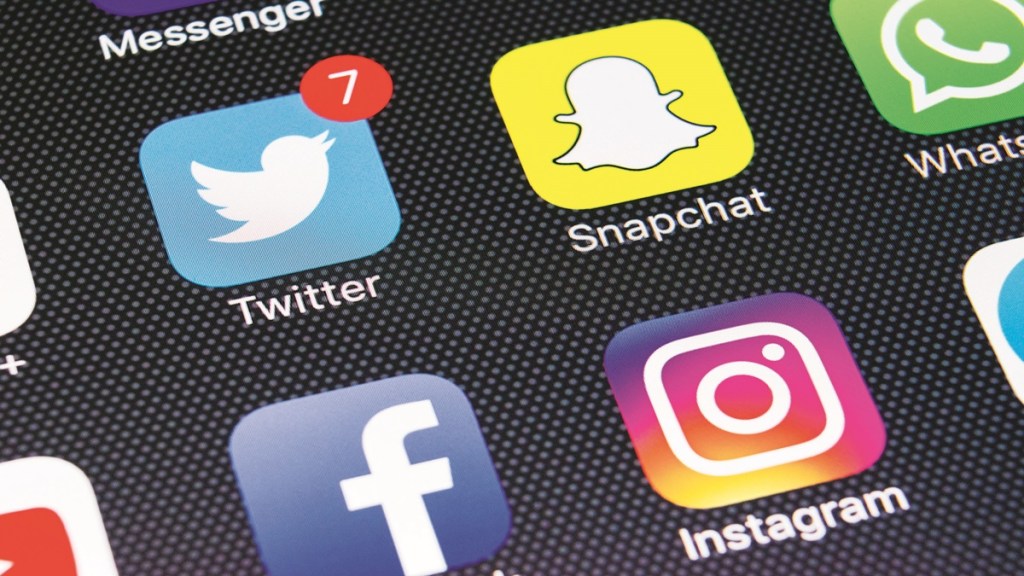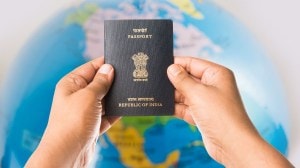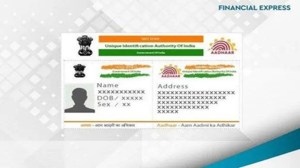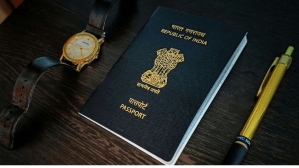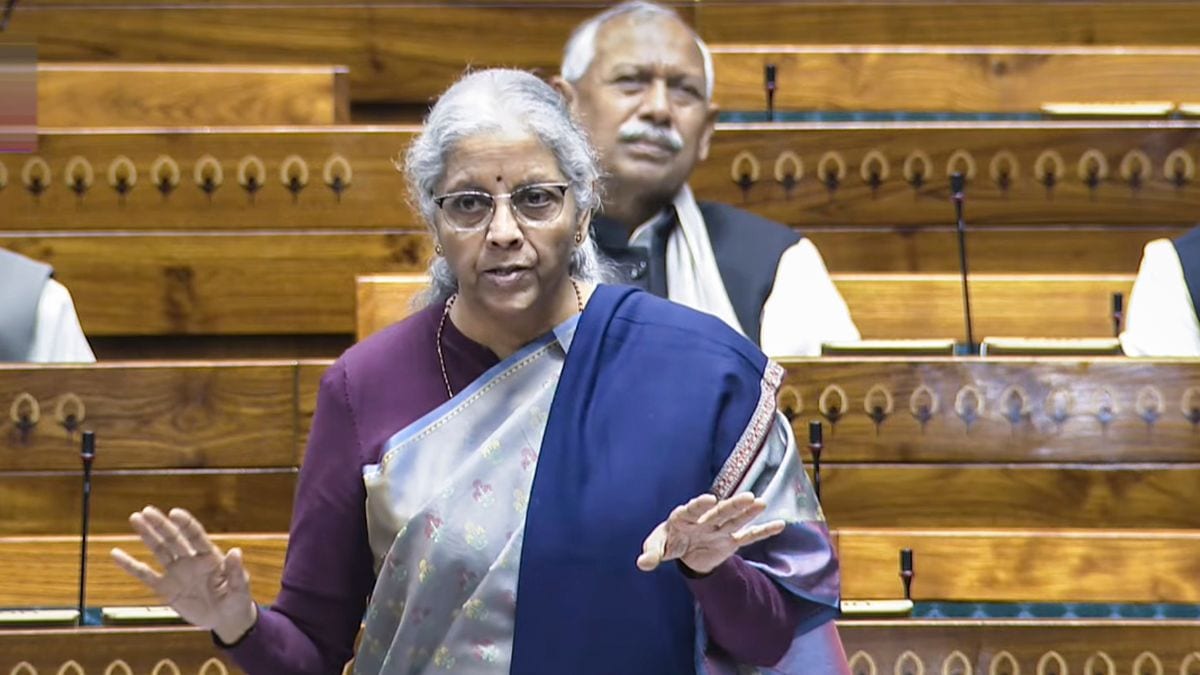It is no news that Meta chief Mark Zuckerberg has garnered a reputation of being a copycat. From Snapchat’s stories to TikTok’s short videos and Periscope’s live videos, Zuckerberg has rolled out several successful features of rival social media platforms. Now, he has unveiled Meta Blue.
It came as quite a surprise when Zuckerberg, in a Facebook post, announced Meta Verified to be first rolled out in Australia and New Zealand on a pilot basis. The users will be charged $11.99 (approximately `990) on the web and $14.99 (approx Rs 1,240) on iOS for the service, which can be availed through verification with a government ID card. Notably, it is more than what Twitter charges for the same, which is Rs 650 for the web and Rs 900 for mobile.
Also read: Why cutting-edge cameras are a very serious category for B2B major Panasonic | Exclusive
However, Zuckerberg’s Meta Verified has some added features.
First and foremost, it is set to provide extra protection against impersonation, which can be crucial as impersonation caused a major headache for Twitter along with several businesses when the blue tick subscription feature was first introduced three months ago. “To help up-and-coming creators grow their presence and build community faster, today Mark Zuckerberg announced that we’ll begin testing a new offering called Meta Verified, a subscription bundle on Instagram and Facebook that includes a verified badge that authenticates your account with government ID, proactive account protection, access to account support, and increased visibility and reach,” Meta said in a blog post. “Long term, we want to build a subscription offering that’s valuable to everyone, including creators, businesses, and our community at large,” it added.
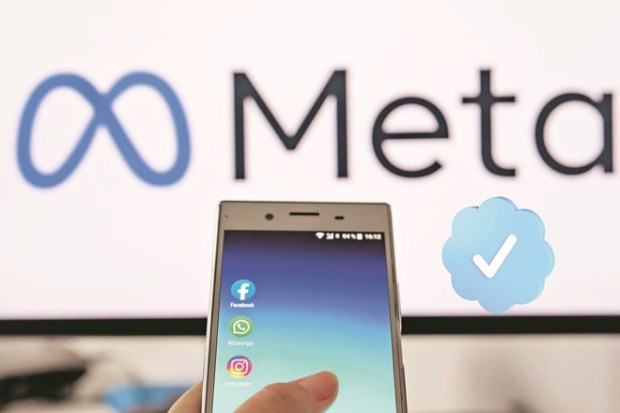
Only those over the age of 18 can avail the service. Also, there would be no changes for those already verified on the Meta platforms, Facebook, and/or Instagram. Notably, Twitter boss Musk has vowed to do away with the legacy blue verified checkmark system.
Who it might benefit
Also read: Instagram makers’ Artifact app now available for Android, iOS users: Details
The feature appear to be specifically targetted at creators, for whom being verified is important for reach, views, and likes, which also determine how much they can charge for sponsored content. Meta Verified can turn out to be especially crucial for the newer creators who are still trying to create a fan base. For them, the blue tick against their name can make a difference.
It could have been beneficial to new businesses and brands too, but the service has been restricted for them, as per media reports. It is a good move, too, as some users might make purchases based on social media clout, which the blue tick offers, without understanding the quality of the product or the company. Naturally, Meta also gains from this feature. As per an analysis by Mandeep Singh, a Bloomberg Intelligence analyst, Meta Verified can add $2 billion to $3 billion to the company’s overall annual sales. Not just that, the incentive in terms of authentication and greater reach can stop users from jumping ships and moving towards rival TikTok.
Questions remain
Twitter’s paid blue checkmark feature has had a tumultuous ride. Hence, it would be interesting to see how Meta goes ahead with it. Given the fact that the new feature might appeal to several creators, it surely has some takers if not all would be interested in it. For India, the monthly subscription cost can be seen as steep. However, the new creators might be willing to pay the price to increase their reach, unlike Twitter where users had little incentive apart from the tick itself. Also, Meta has been largely successful in rolling out features borrowed from rival platforms.
However, both Facebook and Instagram need to be cautious. Bombarding users with such content could be seen as off-putting. Hence, they might tread on a tightrope to balance expanding the reach of creators while not bombarding other users with such content as to drive them away to other platforms.
Notably, the move can be seen as crucial for the social media giant that is witnessing a fall in revenue through advertising, which is its core revenue source. Although Twitter has had a tough ride with it, it is not the only social media platform with a paid verification system. Snapchat launched a similar service last year. Media reports suggest that the company has converted about 2.5 million of its users into paid customers. What is interesting is the experience of the micro-blogging website Tumblr. At a time when Twitter launched its paid feature, Tumblr too came up with a similar but parody feature, signing up for which users get not one but two check marks. It was to prove that subscription-based verification had no real value. But, as per analysis, Tumblr saw a boost of 125% in its iOS in-app purchase revenue. However, it would be incorrect to attribute solely the paid feature for that as the platform has other purchase options too.
So the model can be quite unpredictable. Hence, it will be interesting to see how it works out for Meta.

